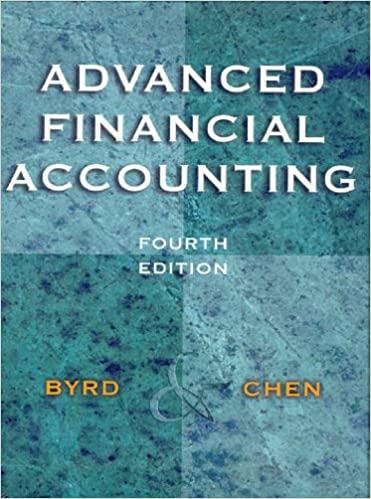
Taylor's Remainder Theorem gives that if a function f(x) is 3 times differentiable on a interval I containing a, then there exist are constants C1, C, between a and such that f(2) (c) f(x) - (f(a) + f'(a)(x - a)) -(x a)? 2 f(2)(a) f(x) - f(a) + f'(a)(x - a) + - (sa ) + -(x - a)? f(3) (2) -(x a)? 3! 2 1 A scientist is observing the movement of an object and gathered the following information. 1. The initial position of the object was 1 kilometers above the ground. 2. The initial velocity of the object was 6 kilometers per second. 1 3. The initial acceleration of the object was kilometers per square second. 329 4. The acceleration between 0 second and 6 seconds is between 0 and kilometers per square second. 324 5. The 3rd derivative of the position function (called the jerk) between 0 second and 6 seconds is between 0 and 1 - kilometers per square second. 581 Question 1 Find a linear model for the position function between 0 second and 6 seconds, where t is measured in seconds. Linear Model Preview Question 2 The accuracy of the model is within the error of Preview (rounded to the nearest 3 decimal places). Question 3 Find a quadratic model for the position function between 0 second and 6 seconds, where t is measured in seconds. Quadratic Model Preview Preview (rounded to the Question 4 The accuracy of the model is within the error of | nearest 3 decimal places). Taylor's Remainder Theorem gives that if a function f(x) is 3 times differentiable on a interval I containing a, then there exist are constants C1, C, between a and such that f(2) (c) f(x) - (f(a) + f'(a)(x - a)) -(x a)? 2 f(2)(a) f(x) - f(a) + f'(a)(x - a) + - (sa ) + -(x - a)? f(3) (2) -(x a)? 3! 2 1 A scientist is observing the movement of an object and gathered the following information. 1. The initial position of the object was 1 kilometers above the ground. 2. The initial velocity of the object was 6 kilometers per second. 1 3. The initial acceleration of the object was kilometers per square second. 329 4. The acceleration between 0 second and 6 seconds is between 0 and kilometers per square second. 324 5. The 3rd derivative of the position function (called the jerk) between 0 second and 6 seconds is between 0 and 1 - kilometers per square second. 581 Question 1 Find a linear model for the position function between 0 second and 6 seconds, where t is measured in seconds. Linear Model Preview Question 2 The accuracy of the model is within the error of Preview (rounded to the nearest 3 decimal places). Question 3 Find a quadratic model for the position function between 0 second and 6 seconds, where t is measured in seconds. Quadratic Model Preview Preview (rounded to the Question 4 The accuracy of the model is within the error of | nearest 3 decimal places)







